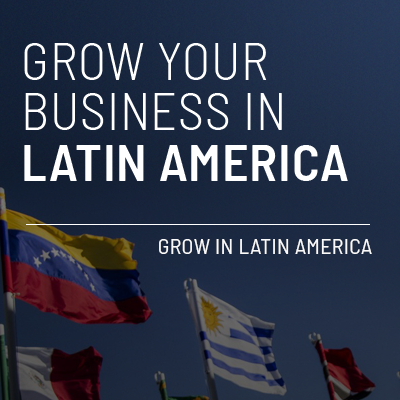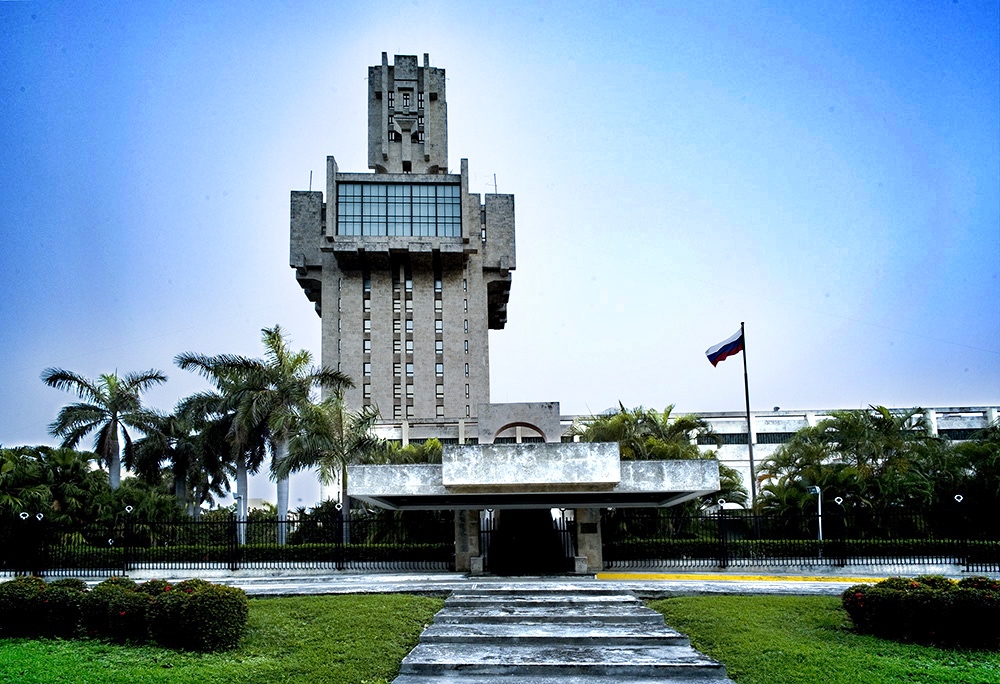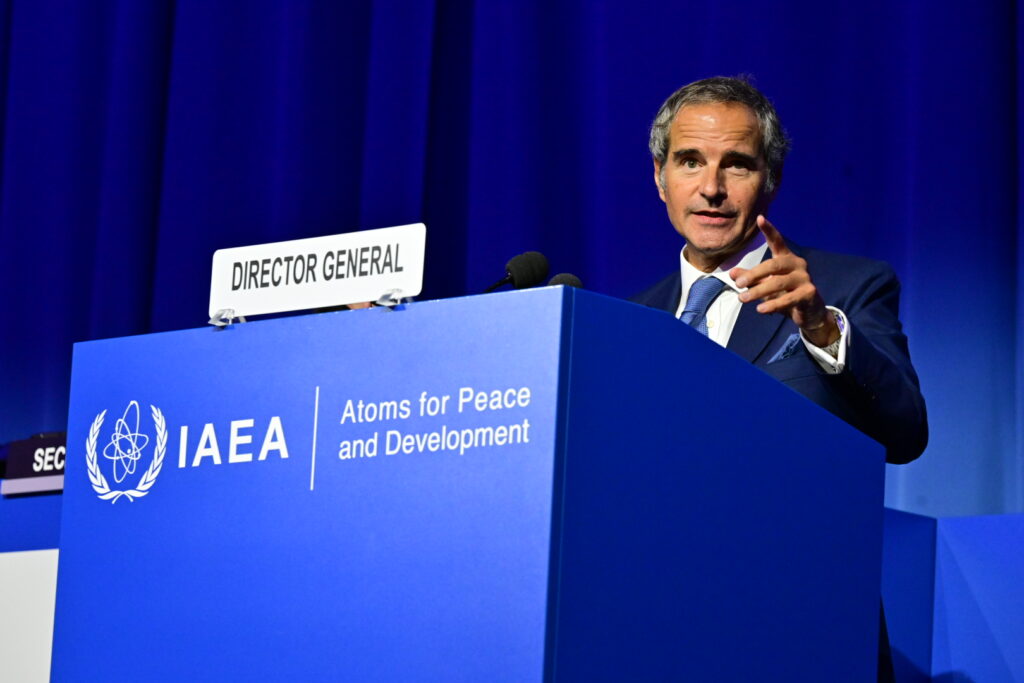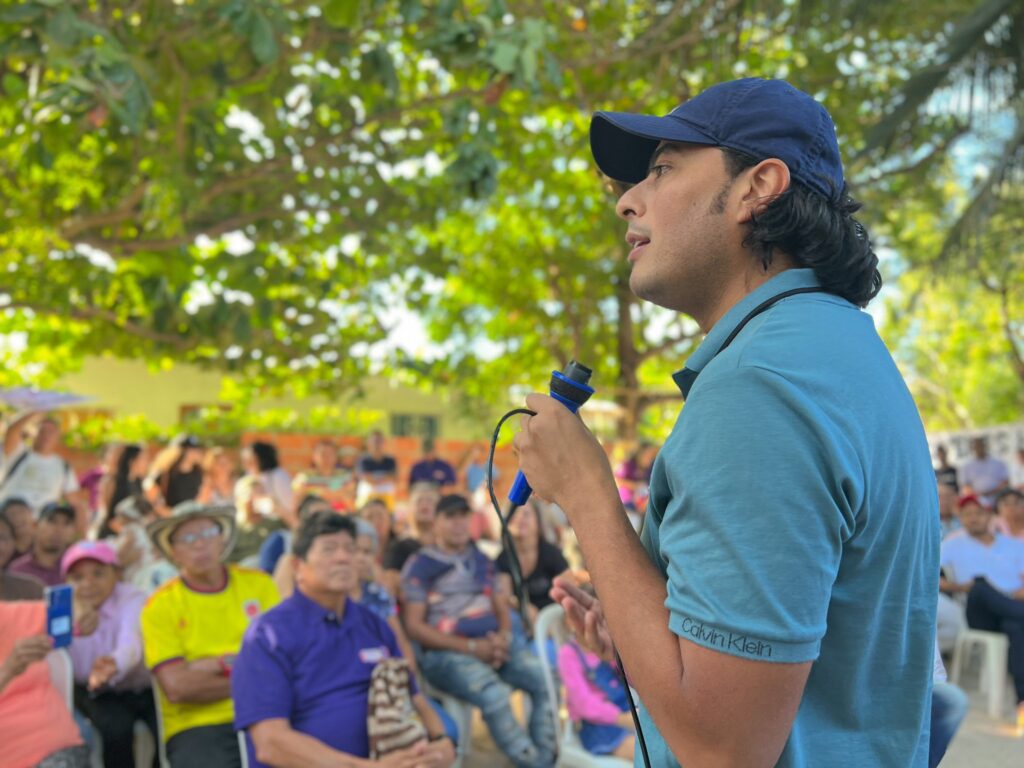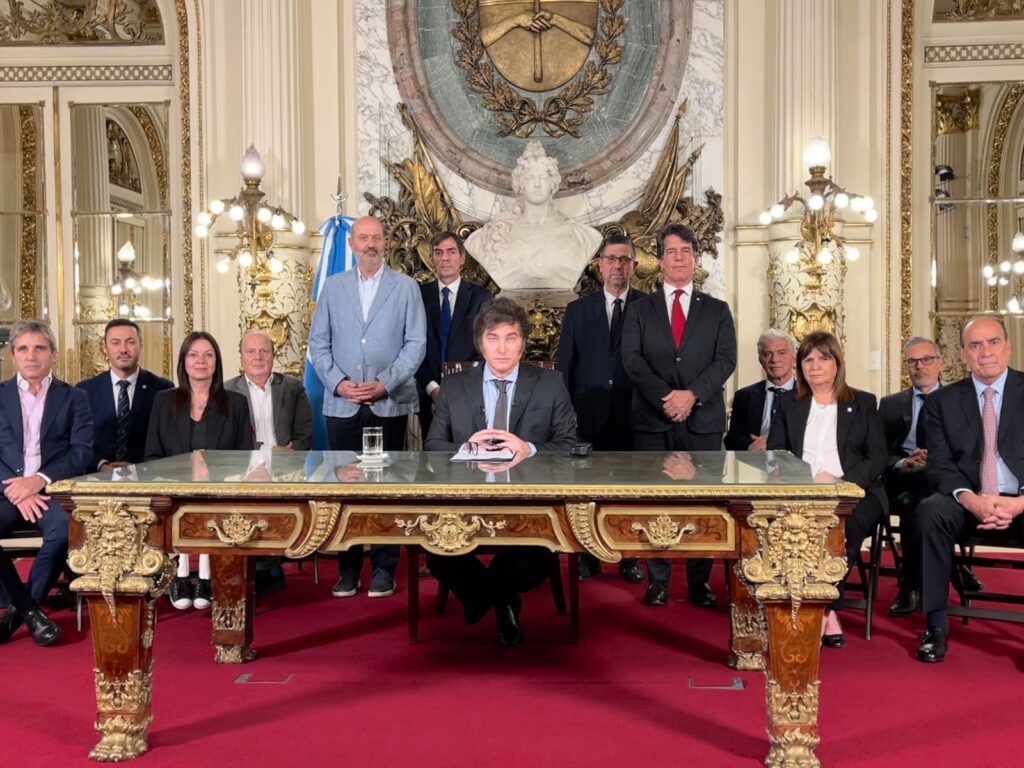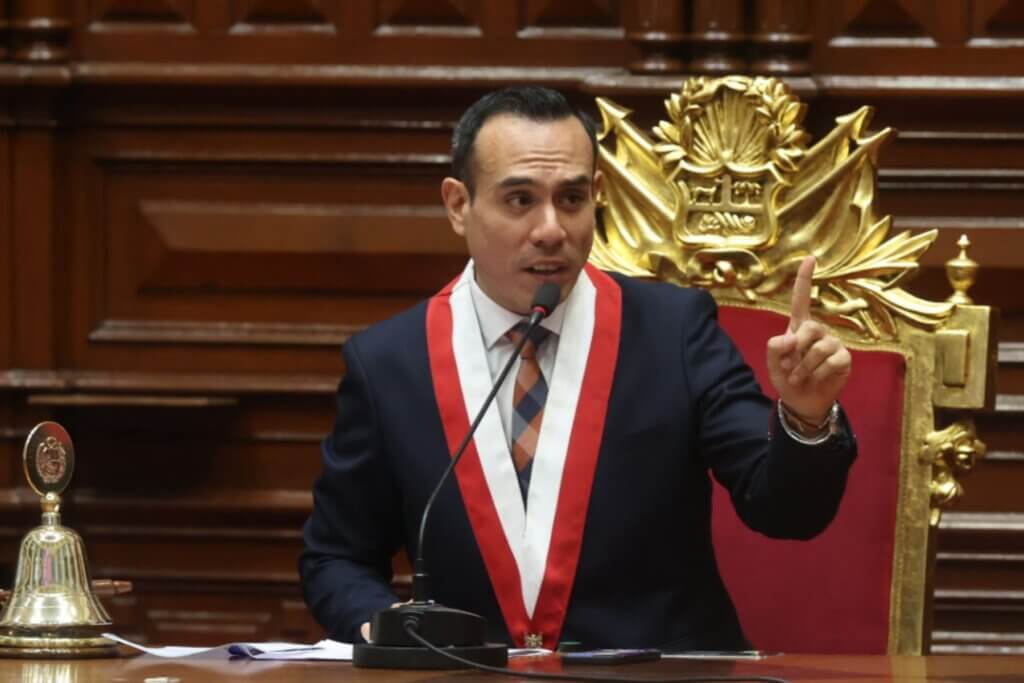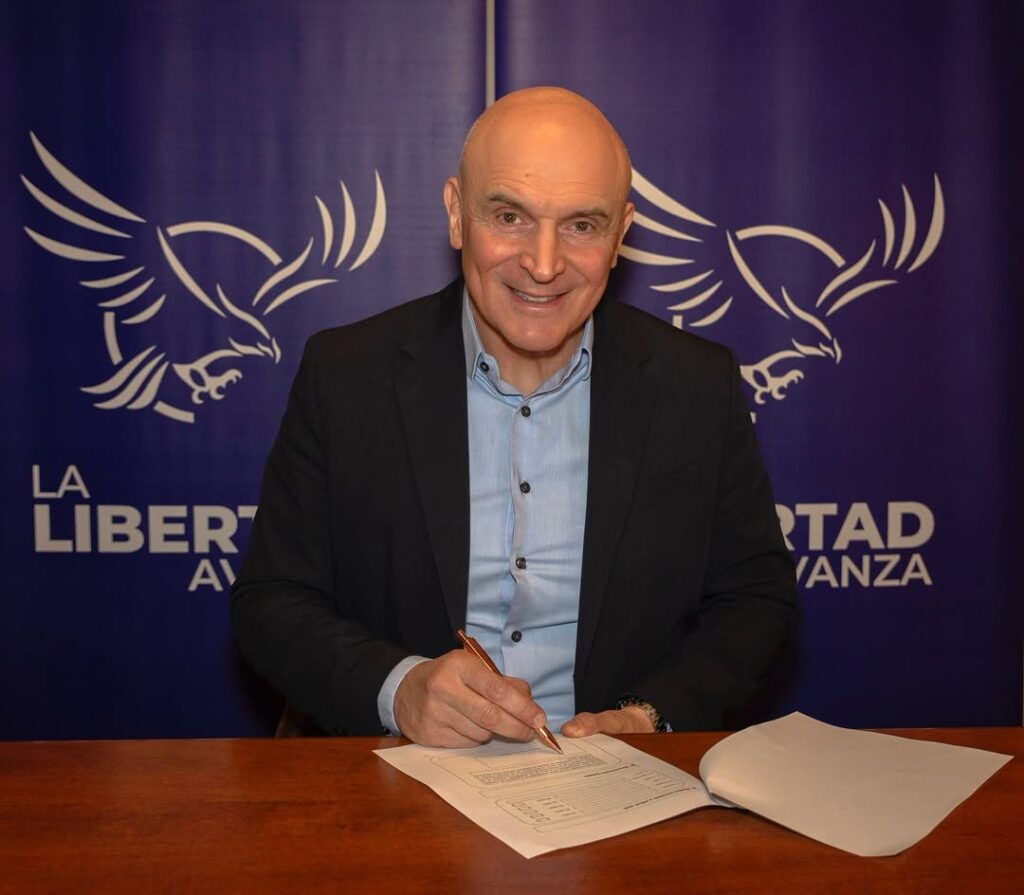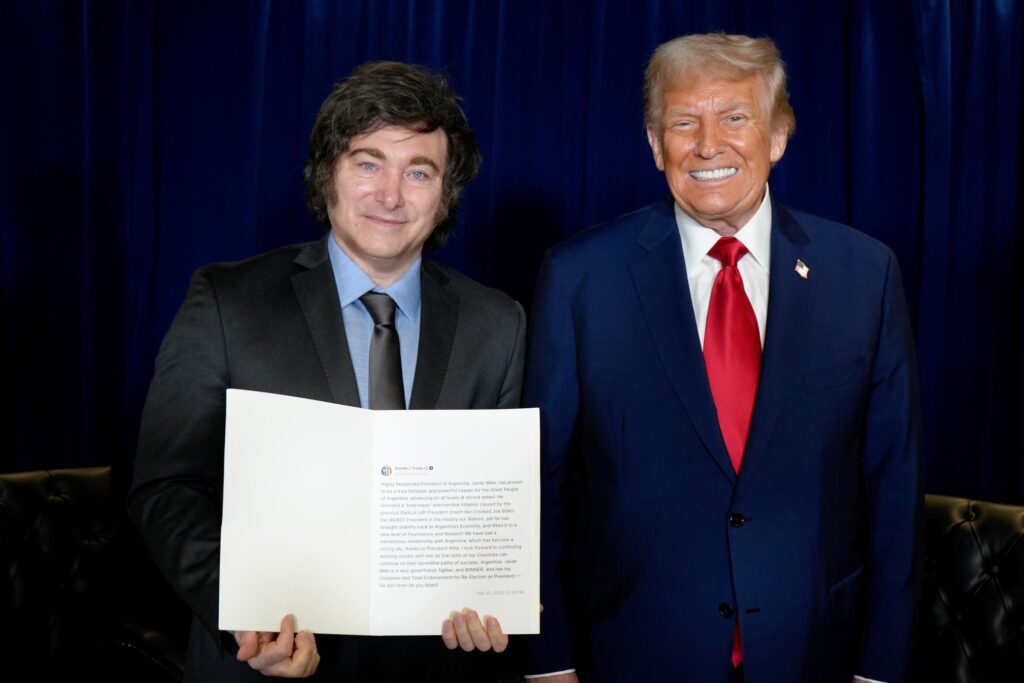Tatyana Mashkova, the Director General of the Russian National Committee for Economic Cooperation with Latin American Countries, announced that Russia and Cuba are working ‘in parallel’ to develop a logistics hub at the deep-water Port of Mariel, approximately 40 kilometres west of the Cuban capital, Havana.
The port’s purpose is to facilitate trade between Russia and Latin America. Mashkova, speaking to the Russian state-owned domestic news agency RIA Novosti, stated “our companies could benefit from this Cuban platform to deliver their goods more actively throughout the region”.
The project is the latest example of Russo-Cuban collaboration. In recent years, Russian warships have docked in Havana to conduct military exercises, Cuban mercenaries have fought for the Russian military in Ukraine, and Russian fuel shipments worth tens of millions of dollars have helped to meet Cuba’s energy needs.
Following the meeting between Cuban President Miguel Díaz-Canel and his Russian counterpart Vladimir Putin in May 2025 in Moscow, Russia vowed that its businesses would invest over $1 billion in Cuba by 2030 to help combat Cuba’s current economic woes, prompted by the inefficiency of Cuba’s state-run production, the recent decline of the Cuban tourism industry, and the Trump-led economic embargo.
Image Source: President of Russia via X
The increasingly close relations of the two nations has historical precedent. After the successful Cuban Revolution of 1959, the country aligned itself politically with the now-defunct Soviet Union (USSR).
At the time, the USSR provided Cuba with the financial aid necessary to survive the American trade embargo of 1962; the Soviet bloc bought Cuban sugar and nickel for a high price and sold the Cubans cheap machinery and petroleum.
Fidel Castro, leader of Cuba both during and following the revolution, also secretly agreed to host Soviet nuclear missiles aimed at preventing invasion attempts by the United States. This contributed to the escalation of the Cuban Missile Crisis of 1962, which brought the world to the brink of nuclear war.
The recent intensification of the Russo-Cuban cooperation in economic, military and diplomatic matters is largely attributable to their shared animosity, both historic and current, towards the United States.
The US has maintained its trade embargo against Cuba since 1962 and has been the primary supplier of weaponry to Ukraine since the Russian invasion of its neighboring state in February 2022.
Image Source: MarineInsight via X
The Russian Foreign Ministry decried the decision of the current US government to name Cuba a state sponsor of terrorism and argued that American sanctions against Cuba are “doomed to failure”.
The Cuban government, on the other hand, has consistently refused to condemn Russia’s invasion of Ukraine, laying the blame for the conflict firmly on the shoulders of the U.S. and its NATO allies.
Cuban President Miguel Díaz-Canel, while visiting Russia in 2022, stated in an address to the Russian State Duma that “the causes of the conflict … [are attributable to] the aggressive policy of the United States and […] the expansion of NATO towards Russia’s borders”.
Cuba’s alignment with Russia represents one facet of its integration into a bloc of nations that seek to challenge western economic, institutional and political primacy; BRICS.
Cuba joined BRICS – an intergovernmental organisation that seeks to reduce international reliance on the American dollar, increase cooperation between developing countries and challenge the concentration of political and economic power in the U.S. and Western Europe – as a partner this year.
Cuba’s accession to the BRICS group, according to Alice Velicogna of the Italian think tank Istituto Analisi Relazioni Internazionali, represents a fortification of “its economic and political ties with key global players outside the Western sphere of influence” and a symbol of its “ability to build strategic alliances despite decades of U.S.-led sanctions and diplomatic isolation”.
Featured Image: The Russian embassy in Havana.
Image Credit: Nick De Marco via Wikipedia Commons
License: Creative Commons Licenses
